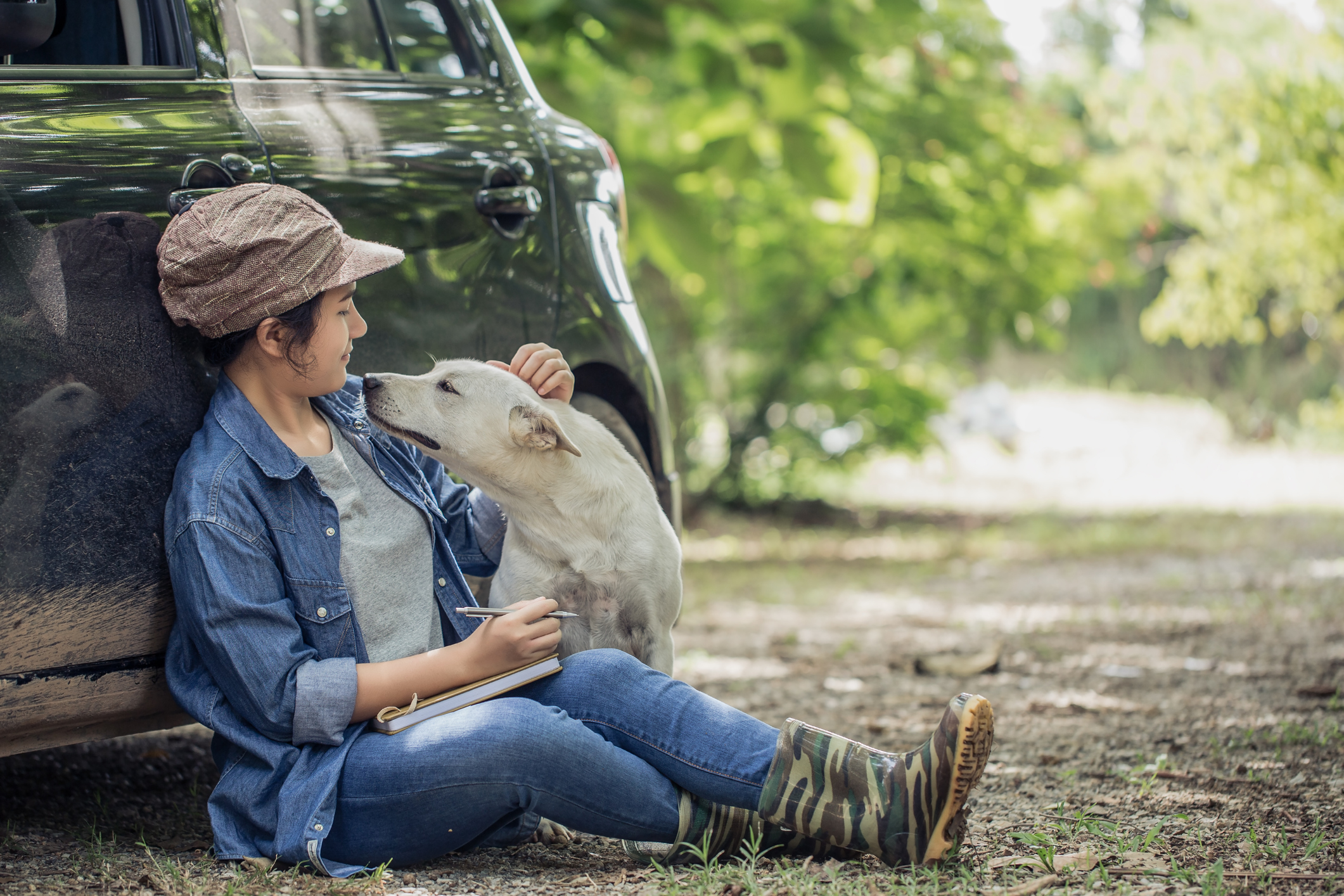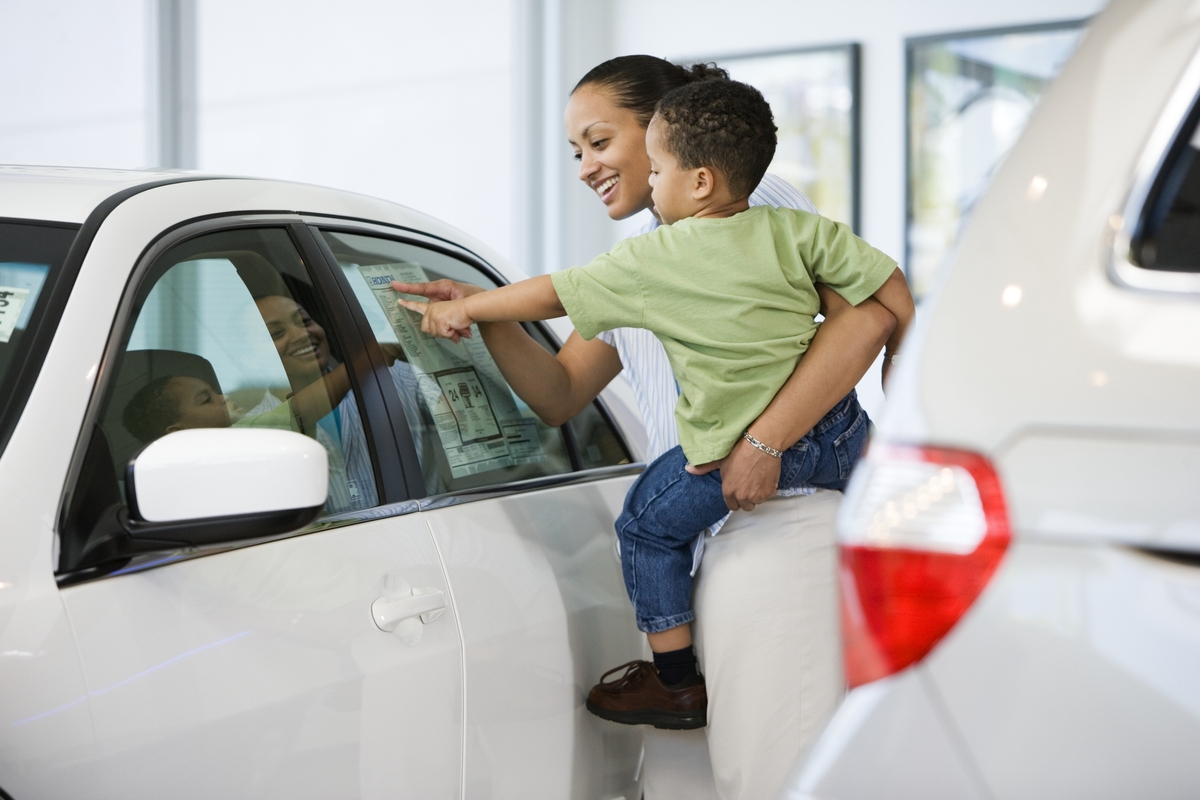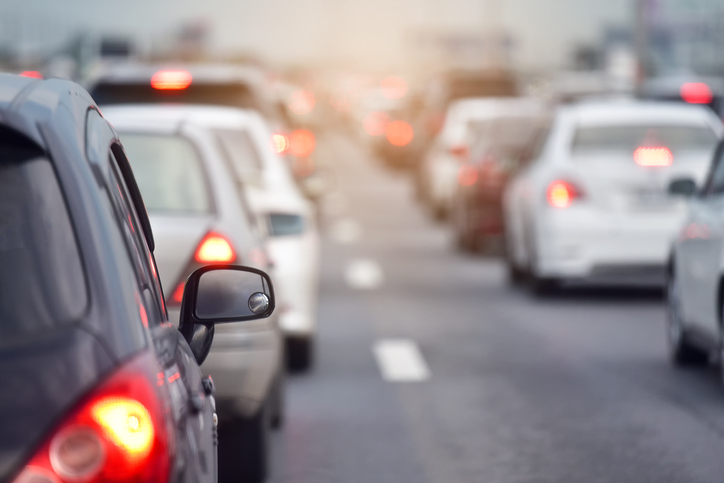You won’t even want to imagine this nightmare scenario. Your beloved pet gets loose and runs into the busy street, and you race after it — but before you can get there, your dog is hit by oncoming traffic.
An equally terrifying situation could occur when you’re driving. A dog suddenly appears right in front of your car, and you don’t brake in time to avoid hitting the animal.
What happens if your pet gets hit by a car, and what should you do if you hit someone else’s pet? Hopefully, you never find yourself in either scenario, but if you do, then it’s important to know what to expect, how you should respond, and what insurance covers.
Does Auto Insurance Cover Pets Hit By Cars?
If the unthinkable happens, you’ll want to find out — does car insurance cover a dog hit by a car? Well, it depends on what type of insurance you’re asking about.
Liability coverage
Liability insurance is generally required by law to cover bodily injuries and property damage that a driver causes. The term “property damage” applies to damage to another vehicle or other objects and structures that your car has hit. While you may consider your dog to be a member of the family, auto insurance companies technically view pets as property.
In a typical auto accident, it’s the insurance of the at-fault driver that pays for any medical and repair bills. So, if the insurers involved determine that the other party caused the accident, their liability insurance may cover your dog.
However, even if your pet gets hurt, it’s possible that the insurance companies will conclude your pet ran into the road and caused the accident — meaning that the driver who hit your dog wouldn’t be at fault. In fact, as the owner, you may be responsible for any damage to the other person’s car, since many places have leash laws to stop animals from running freely into danger.
Comprehensive and collision coverage
If you hit someone else’s pet while driving, comprehensive insurance coverage can help pay to fix any damage to your car, as it covers non-collision incidents outside of your control — including accidents with animals. So, if you can’t find the animal’s owner, your comprehensive insurance may step in to handle the repair bills.
Collision insurance, on the other hand, helps you cover the costs of fixing car damage after a collision with another vehicle or stationary object — but excludes accidents with animals. Some insurers, like Progressive, may provide limited coverage for pets riding in your car, but it isn’t universal under collision insurance.
Ultimately, you shouldn’t rely on auto insurance to cover your pet if it gets hit by a car, according to David Adler, president of Adler Insurance Group, an Allstate agency in the Denver metro area.
“In most cases, it is wiser to purchase health insurance for your pet, as your auto insurance policy may provide no coverage (or not enough coverage) for pet injuries,” he says. “Pet insurance will provide more comprehensive coverage for veterinary costs.”
Other Types of Insurance for Dogs
There are several different types of insurance policies that you can purchase to cover your pet. See if any of the following could apply to your personal situation.
Pet insurance
Your car insurance company might not include pet coverage, or the policy could be too limited to take care of expensive veterinary bills. Purchasing a separate pet insurance policy can help ease the financial burden of necessary medical treatment for your dog. For example, State Farm’s Trupanion policy pays for 90% of covered vet costs after your deductible is met, and Geico reimburses up to 90% of your vet bill.
So, what is included in pet insurance? While the exact details of your coverage will vary based on the insurer and policy, you can expect pet insurance to cover many of the vet costs associated with an injury or illness, including diagnostic tests, hospitalizations, surgeries, and medications.
Pets and homeowners or renters insurance
Make sure that your pet is listed on your homeowners or renters insurance policy. It can provide liability protection and help fix any damage to the other person’s car that your pet caused, even if you weren’t at the scene of the accident. For homeowners insurance, the liability limits — or the maximum amount that an auto insurance company will pay out for a claim — usually range from $100,000 to $500,000, according to Progressive.
Conversely, does homeowners insurance cover a dog that’s been hit by a car? The answer is no. Homeowners insurance generally handles damage to your home and accidents on your property that you’re liable for. In the same way that homeowners insurance won’t pay for your own medical bills, it also won’t cover your pet’s.
Pets and RV insurance
Recreational vehicle insurance policies can provide pet injury coverage. For example, American Family includes up to $1,000 per covered loss under its base RV insurance policy, and Progressive offers the same limit as an extra coverage option.
However, keep in mind that RV insurance policies might only cover your pet while it’s inside the vehicle. Be sure to check with your RV insurer to find out if your dog getting hit by a car would count as a covered loss.
What Happens If My Pet Is Hit By a Car?
Of course, if your dog gets hit by a car, your first priority will be getting medical help. However, you may also feel stressed about how you’ll cover any expensive vet bills. Whether you have to pay depends on who’s at fault for the accident, so take a look at how the following scenarios could play out.
When your pet is hit by another driver
The circumstances of the accident will determine who is at fault. For example, if your pet runs into the street and right in front of a passing car, it may be considered your fault that the dog was off leash. As a result, you’ll likely be responsible for any damage to the other person’s car. And, more often than not, a driver’s liability insurance won’t cover a claim for your pet’s veterinary care, according to David Reischer, an accident attorney and CEO of LegalAdvice.com.
“If a car hits a person’s dog in the street, the liability insurance carrier customarily denies liability for the dog’s injuries,” he says.
If insurance won’t cover it, your other option is to file a lawsuit, according to Reischer — but you must prove that the other driver was at fault and negligent. For example, if your pet is leashed in your front yard and a distracted driver barrels over the curb, hitting your dog with their car, then the other person’s liability insurance should cover the vet bills or loss.
“A car accident lawsuit is intended to compensate victims for economic and intangible losses due to the legal fault of another person,” Reischer says. “When a dog sustains injuries or dies in a car accident, this certainly fits both criteria.”
When you hit your pet by accident
It’s unlikely that your auto insurance company would take care of any vet bills if you accidentally hit your dog while driving. Liability insurance doesn’t cover your own expenses, so you would need medical payments coverage or personal injury protection insurance to get help paying for your medical expenses or that of any passengers. Even then, these types of insurance typically only apply to humans.
What To Do If You Hit a Dog With Your Car
Hitting a dog while driving can be a shocking and scary experience. However, knowing what to do and acting quickly could help save the animal’s life and minimize legal headaches down the line. Here are simple steps to take if you ever hit a pet with your car:
- Pull over to the side of the road. If you accidentally hit a dog while driving, you must stop and check on it as soon as possible.
- Move the pet to safety. Ideally, the animal should remain in an area away from the flow of traffic so that it doesn’t get hit again. However, if the dog is badly hurt, you may need to wait until help arrives before attempting to move it. Otherwise, you could further injure the animal by accident.
- Call for assistance. Contact animal control so that they can provide guidance and dispatch help. If the pet’s injuries seem severe or fatal, you may want to call the police.
- Contact the owner. If the pet is wearing a collar, it’ll likely have contact information for its owner. The call won’t be an easy one, but the dog’s owner will undoubtedly want to get to the scene ASAP.
- Document any damage to your car. Check your vehicle for any damage and take photos in case you need to file an auto insurance claim for repairs.
- Wait for help to arrive. Animal control or police can help ensure the dog gets to a veterinarian for medical care. If you were able to reach the owner, you should also wait for them to show up so that you can exchange insurance information.
- Report the accident. If you didn’t call the police earlier, you must file a report with the local authorities. An official report is helpful to have for insurance reasons, especially if there’s any subsequent dispute with the pet owner.
- File an insurance claim. Does car insurance cover hitting a dog? If there was extensive damage to your vehicle, then you may need to file a claim with the pet owner’s insurance. However, to save them from further heartache, you could decide to cover any repair bills yourself if the damage was minimal.
3 Tips for Keeping Your Pet Safe
While you can’t control whether an accident happens, you can do everything in your power to protect your dog. Here are some ways that you can be proactive in keeping your pet safe.
1. Keep your dog on a leash
When you’re out and about with your pet, it should always remain on a leash, even when you’re close to home. No matter how domestic Fido seems, your pet still has animal instincts. If there’s a threat or potential prey nearby, your dog could suddenly run into the street — and it likely won’t look both ways before crossing.
2. Make sure your fencing is secure
A yard, if you have one, is a great place for your pet to run around outside on its own — but the perimeter needs to be secure. Dogs can dig holes under fences, squeeze through gaps, or jump over walls that are too low. It’s not safe to leave your dog unsupervised in the yard unless you’re certain it can’t cross through any part of the fence.
Instead of physical barriers, some pet owners may choose to purchase “invisible” fences, aka electric fences. The idea is to train your dog to remain within the fence’s boundaries, but you’re also counting on the system to work flawlessly. The power might go out or the fence could malfunction — allowing your pet to run past the boundaries and into danger.
3. Attach your contact information to your dog’s collar
When your dog isn’t microchipped, you should at least have your phone number etched onto a tag on its collar. If your pet is injured and you aren’t there, it’s crucial for the other person to be able to reach you immediately — especially when your dog is severely hurt. In general, having your contact information readily accessible will help you reunite with your pet if it ever gets lost.
The Bottom Line
Nobody wants to blame an innocent animal for causing an accident and getting hurt, but unfortunately, auto insurance companies typically won’t cover medical care for your pet unless it’s clear that the driver was at fault. To protect yourself from expensive vet bills, purchasing a separate pet insurance policy is more reliable than counting on car insurance to cover your dog. If you’re the one who accidentally hit someone else’s pet, don’t drive away, and make sure you know what to do. By being prepared for either emergency, you’ll be able to act quickly and get help for the poor thing.



